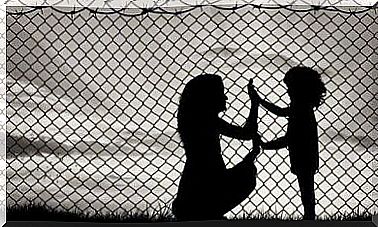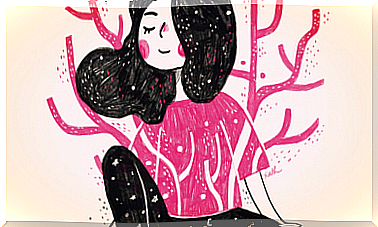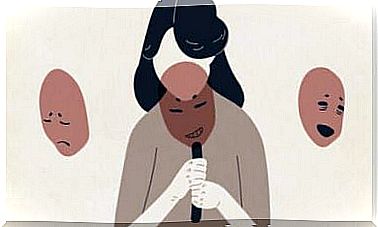Do You Know What An Insecure Bond Is?
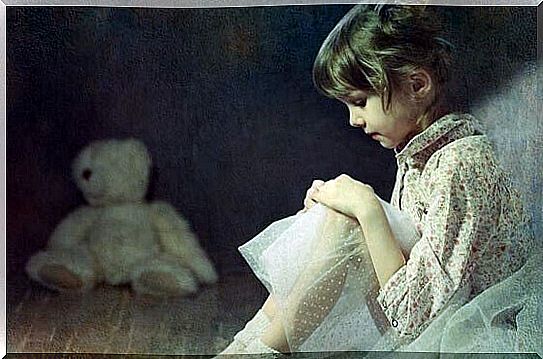
Affection is based on a close emotional bond. We feel it towards the people who look after us and give us security. This happens especially at the beginning of our life. In these early stages we are completely dependent on the protection of those around us. They ensure our survival and how they deal with us shows how bonds shape us and shape us naturally. More than a guarantee or life insurance, these people are also the ones we make our first relationships with.
If the adults who look after us do their job well, we will most likely develop a secure mode of attachment. This happens regardless of our temperament. We depend on someone else, but this does not create any feelings of fear or frustration. On the contrary, if we are neglected or rejected, it is very likely that we will
These bonds of our early years of life have a huge impact on how we relate to others emotionally. Unless we consciously do something about it. We can therefore say that such connections leave a very deep mark on us that cannot be blurred: Certain people shaped us in childhood and we observe in adulthood a tendency to imitate the style of these very connections. In a way, through our first attachments, we’ve already learned what we can and can’t expect from others
The attachment theory
John Bowlby, an English psychoanalyst, became interested in the subject of attachment and developed a theory about it. From his observations he was able to conclude that we have a phylogenetic predisposition to build bonds. These are aimed primarily at the people who offer us protection and security.
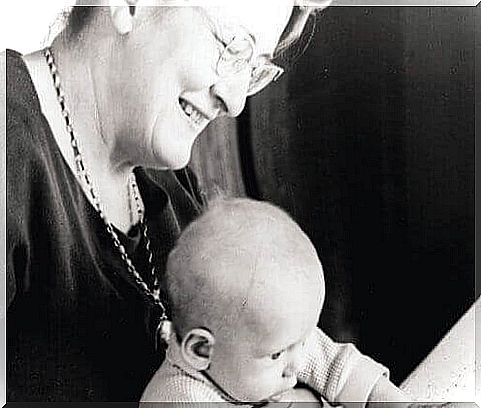
Psychologist Mary Dinsmore later identified Ainsworth the Elder
- The secure bond enables the establishment of emotionally intimate and spontaneous bonds.
- The insecure emerge with repression and difficulty in building familiarity.
The origin of the bond types
When parents have healthy attitudes towards their child and are adequately available, close, secure bonds are built. In this case, the children’s actions are predictable: when their mother goes away, they cry and feel uncomfortable for a few seconds. After that, they concentrate on their environment. When they return, they show themselves happy and express affection and joy.
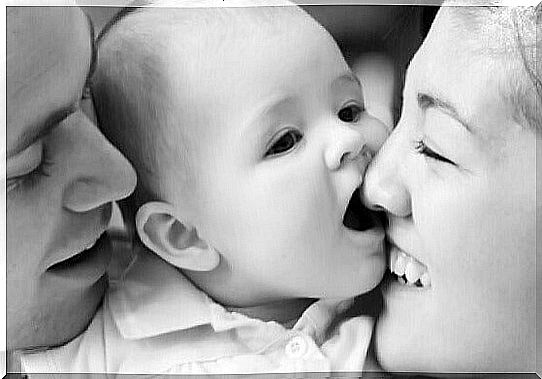
But a child can also develop an insecure attachment. This is likely when the parents are aloof. But also if they show rejection towards their child or are too open. When this happens, children perceive that their needs are not being met. They fear that they will not be satisfied until later. Their subsequent behavior out of fear and avoidance is a form of self-protection, a behavior with which they arm themselves against the consequences of being abandoned or anticipated indifference.
Parents are usually the people who love children the most. You can also learn, therefore, that signs of affection annoy them. The little ones then start to keep their feelings to themselves. In these cases, the child hardly reacts when the mother moves away. Then when the mother returns, it remains distant and absorbed in itself. Children thus develop a false independence.
Effects of Insecure Attachments and Ways to Overcome Them
The effects of insecure attachments extend into adulthood. Children who grew up in these patterns become adults who have virtually no ability to express their feelings. But not only their expression causes them difficulties, but also their identification and analysis. You are trying to emotionally distance yourself from anything and everything. They can appear disinterested in others and indifferent to their own feelings.
These people will try to find a solution to their internal problems in the outside world.

This situation is particularly reflected in partnerships. Those affected are very afraid of losing their loved one. Feelings are not shown or played down. Affected people believe they are protecting themselves from possible pain in this way. Instead of expressing their opinion in words, they do it in outbursts. They suffer a lot because they cannot love in a serene way. Instead, they pretend that there is a serious threat looming over them, a threat that they often cannot even identify themselves.
Although bonding patterns are retained, it is always possible to hone them. It is possible to become aware of the insecure attachment and to work on it individually. The experience of losing a loved one encourages reflection from time to time. This can also bring about changes. Psychotherapy can also lead to success and help those affected to relate constructively to the world.
The insecure attachment causes a dull, unidentifiable pain, and in order to combat it, the causes must be removed: the relationship that exists between a person and their inner being is redefined in overcoming insecure attachments. Often times, the damaged self-esteem is also rebuilt. Only in this way is it possible that those affected can ultimately also look at the insides of the people around them. The ability to empathize is only developed if you respect your own feelings.
With this in mind, it is very important to change communication patterns. To open up to both good and bad. So that a controlled expression of the emotions can be achieved. In a way that allows others to accept them, validate them, and in some cases accompany them.
That sounds very simple. However, when it is difficult to learn, it is even more difficult to unlearn what you have learned. What we learned in childhood forms the basis of our current knowledge and habits. Therefore, the help of a specialist is in many cases not only recommended, but indispensable.

